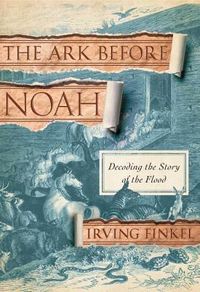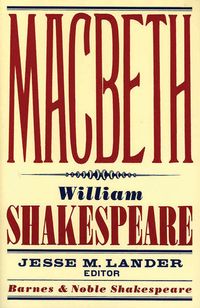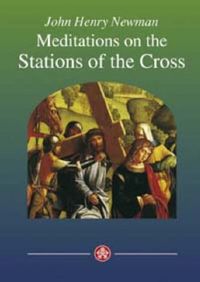
The Ark Before Noah: Decoding the Story of the Flood
A History, Archaeology, Religion book. When it occurs in literary texts r = 3,600 is conventionally understood as no...
The recent translation of a Babylonian tablet launches a groundbreaking investigation into one of the most famous stories in the world, challenging the way we look at ancient history. Since the Victorian period, it has been understood that the story of Noah, iconic in the Book of Genesis, and a central motif in Judaism, Christianity and Islam, derives from a much older story that existed centuries before in ancient Babylon. But the relationship between the Babylonian and biblical traditions was shrouded in mystery. Then, in 2009, Irving Finkel, a curator at the British Museum and a world authority on ancient Mesopotamia, found himself playing detective when a member of the public arrived at the museum with an intriguing cuneiform tablet from a family collection. Not only did the tablet reveal a new version of the Babylonian Flood Story; the ancient poet described the size and completely unexpected shape of the ark, and gave detailed boat building specifications. Decoding this ancient message wedge by...
Download or read The Ark Before Noah: Decoding the Story of the Flood in PDF formats. You may also find other subjects related with The Ark Before Noah: Decoding the Story of the Flood.
- Filetype: PDF
- Pages: 432 pages
- ISBN: 9780385537117 / 385537115
B1l4F0kRjdW.pdf
More About The Ark Before Noah: Decoding the Story of the Flood
This field of activity generated a vast literature of carefully assembled one-line omens on this pattern: If A happened, B will happen. Here the sought-for outcome B, known as the apodosis, is deemed to be the consequence of an observed phenomenon, the protasis A. One Irving Finkel, The Ark Before Noah: Decoding the Story of the Flood // This unusual situation is due to the fact that the tablet omits all outbreaks of the conventional literary structure Anu opened his mouth to speak, saying to the lady Ishtarfollowed by Ishtar opened her mouth to speak, saying to her father, Anu Gilgamesh VI: 8788; 9293 with which Babylonian narrative literature is, not to put too fine a point on it, slightly tiresomely littered. In fact, I cannot come up with another example of Babylonian mythological or epic literature that is devoid of this characteristic speech-linking device. Its repetitive nature... The characteristic wedge feature is a direct consequence of impressing the signs with a straight-edged writing tool in contrast to drawing with a point, and it is this that led the nineteenth-century decipherers to name the script cuneiform, derived from the Latin cuneus, wedge. Each application of the edge of the stylus-tip left a line ending in a wedge-head, be it the top of a vertical, the left end of a horizontal wedge, or a diagonal produced by impressing the corner of the stylus. Irving Finkel, The Ark Before Noah: Decoding the Story of the Flood...
The author is adorably excited and his enthusiasm is infectious. I think some of the conclusions have a very thin foundation ( he admits this). Overall, really interesting. This book provides more information about the history of ancient Mesopotamian writing and the art of reading cuneiform texts than the average reader probably cares to learn. The author at one point claims that after 30 years of studying cuneiform texts he believes that he has a feel for the personalities of the ancient writers and the... Written by an enthusiastic specialist who tells the story of his translation of a cunieform tablet acquired by the British Museum that provides detailed instructions on how to build an Ark (which he calls the Ark Tablet).The book teases out as much as possible from this 60 line tablet and in the process you learn much. I had previously...











